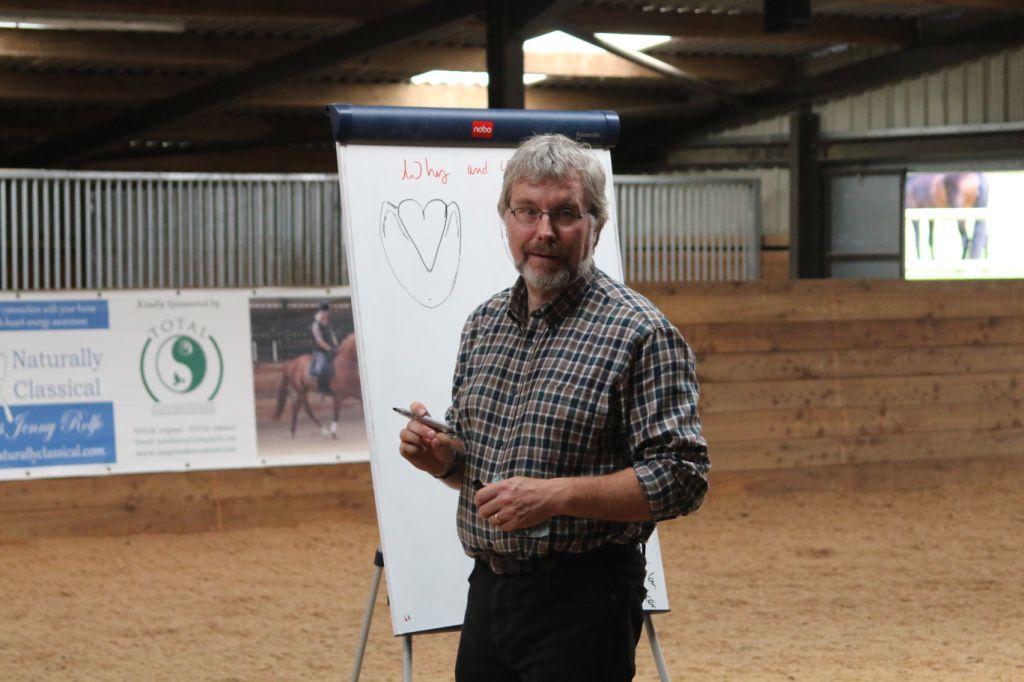Diet
There is so much I could write about diet that it is hard to know where to start.
Correct diet is as important to horses as it is to us.
Barefoot horses do not need a special diet, just a good diet that is low in sugar.
I think understanding how your horse digests food and what it needs is more useful than being advised what to feed. Then you can make informed choices on what to feed.
The terminology often used around diet can be quite confusing and some feeds can be quite mind boggling. I once saw some low sugar molasses on sale. In other words low sugar, sugar. I will admit that I was so confused by this I didn’t even bother looking to see what it was for.
Horses require large amounts of “fibre”. Now, “fibre” to us is poor in feed value, we think of “fibre” as a necessary but not very nutritious part of our diets. Fibre however is, by its very nature, packed with energy, just energy that we can’t access but horses can.
To horses fibre is packed with energy which they access through fermentation that happens in the hindgut. When feeding horses high fibre feeds we are feeding our horses high energy feed.
We are generally talking about carbohydrates when we think of energy values. Carbohydrates are everywhere, and I do mean everywhere.
All sugars including starches are carbohydrates, all dietary fibre is again carbohydrates. What makes them different from each other is how the Carbon, Hydrogen, and Oxygen bond together.
Broadly speaking all fibre is classed as Structural Carbohydrate, every thing else can be classed as Non-structural Carbohydrates.
Very broadly speaking the equine digestive system is split into 2 halves.
The first half I will refer to as the foregut this includes the stomach , and small intestine. It is here that most sugar, starches, oils, fats, minerals, and vitamins are absorbed. The foregut has a surprisingly rapid transit time, that is to say that all feed passes through quite quickly, it’s generally estimated at being between 1-3 hours. So on average 3 hours after feeding, your horses stomach and small intestine are becoming empty. If the feed is high in sugar or starch there may not be time for these to be fully absorbed before moving into the hindgut.
I believe this is one of the biggest problems affecting our domesticated horses. When undigested sugars, and starches enter the hindgut they disrupt the delicate microbial balance causing the acidity level to rise.
The hindgut, comprising of the caecum, and the large intestine is where the structural carbohydrate within fibre is slowly broken down (through microbial and bacterial fermentation) to release the energy within.
The average transit time of the hind gut is around 36-50 hours
(Both the enzymatic digestion of the foregut and the microbial, bacterial digestion of the hindgut are highly complex so forgive me if I just keep it simple.)
Undigested sugars and starches entering the hindgut change the P.H. value causing a decline of the optimal bacterial and microbial population. This has a knock on effect that changes the way the hind gut works. This change often leads to the higher blood sugar levels that are widely associated with laminitis.

Only horses that are in constant work require anything more than a high fibre low sugar feed and accesses to adlib hay.
We must however watch the amount of grass our horses eat. Modern rye grass is thought to be as much as 80% higher in starch/sugar than older, more traditional grasses. So managing your horses access to new grass as well as how much and what you feed is very important to maintain good dietary health.
I am always happy to spend time with my clients trying to get their horse’s diet correct.